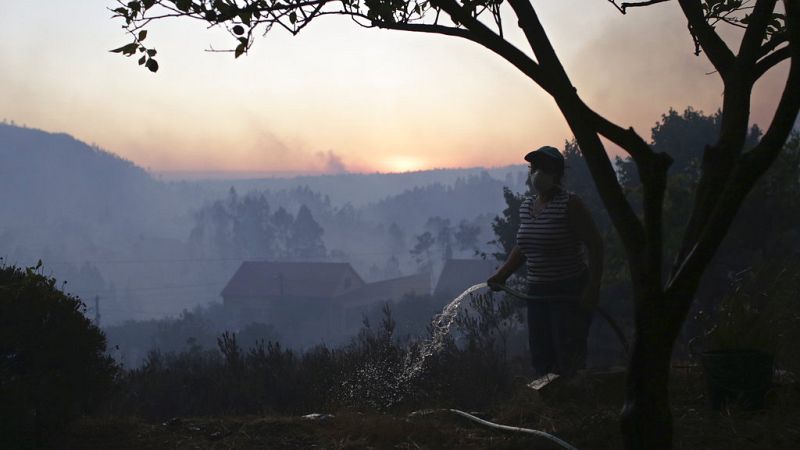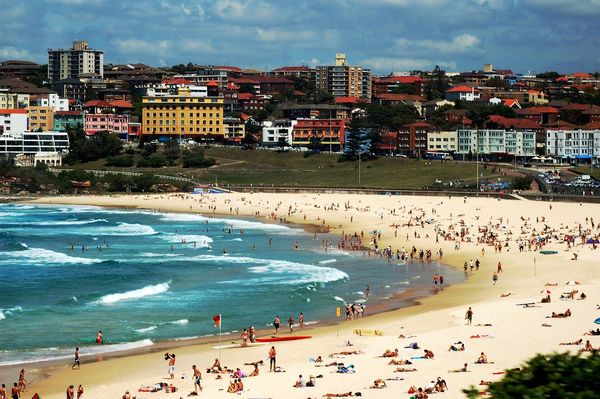
This Sunday, the concentration of ozone in the atmosphere exceeded the public safety threshold in the northern region of Portugal.
This gas is dangerous to the health of vulnerable individuals. The warning was issued by the North Regional Coordination and Development Commission (CCDR) on 3 August.
According to a statement sent to the Lusa news agency, the concentration of ozone was 186 micrograms per cubic meter (µg/m³) at the Burgães station in Santo Tirso. The threshold for informing the population is 180 µg/m³, and the alert threshold is 240 µg/m³.
This is tropospheric ozone, or ozone that concentrates near the Earth's surface, also known as bad ozone.
What is 'bad ozone' and who is most at risk?
Unlike the ozone layer, (stratospheric ozone, also known as good ozone which protects the planet from harmful ultraviolet rays) when close to the Earth's surface, this gas becomes an atmospheric pollutant that is dangerous to human health.
The CCDR says that during periods when concentrations are high, the most sensitive people (children, the elderly, asthmatics, and people with respiratory problems) should avoid inhaling a large amount of polluted air, especially during the hottest period of the day (in the afternoon).
These vulnerable groups should seek medical assistance if they experience symptoms of exposure to pollution. They are also advised to reduce physical activity outdoors and smokers should reduce the number of cigarettes they smoke.
Where does 'bad ozone' come from?
The press release states that this is a secondary pollutant whose origin is difficult to determine. This means it is "not emitted directly by any source but is formed through photochemical reactions between pollutants such as carbon monoxide (CO), nitrogen oxides (NOx) and volatile organic compounds (VOC), in the presence of solar radiation".
It also says that the highest values of this pollutant occur in summer, during the afternoon, coinciding with maximum photochemical activity.
This concentration of ozone coincides with a period of high temperatures in Portugal, which has led the authorities to declare a state of alert until Thursday.
The north is particularly affected. This is also where the largest active fires are located.







